|
Both constructivists' works have a colour palette of just red, black, and white. This limited use of colour grabs the viewers' attention and helps make a bold statement. These propaganda poster would have been mass produced, making colour printing expensive and it more practical to reduce the variation of colour used.
0 Comments
Art Nouveau Initially developing from the Arts and Crafts movement in the 1880s, Art Nouveau rejected the traditional Victorian style in order to create something new. The designs became more organic as artists took inspiration from nature and geometry, being widely used in interior design, architecture, graphic art, furniture, textiles, glass art, ceramics, jewellery, and metal work. This movement spread across many countries throughout Europe, with different variations being formed in each city. Glasgow
Vienna
Madrid
Nancy
The Influence of Japonisme Japonisme began in the mid-19th century, when there was an increased interest in Japanese prints across the West. They began to be sold in many different kinds of stores as well as being exhibited in showcases, most famously the ukiyo-e prints in Paris. Japanese art had a large impact on the direction many artists decided to take with their work after viewing it, heavily influencing and inspiring a new approach. This can be evidently seen from the work American painter Mary Cassatt produced in the 1980's which draw great influence from Japanese artist Kitagawa Utamaro's work. Cassatt drew inspiration from Japanese woodblock prints she viewed in the exhibition at the École des Beaux-Arts in Paris. Later going on to exhibit a series of her own coloured prints with The Coiffure being inspired partly by Takashime Ohisa Using Two Mirrors to Observe Her Coiffure, from her personal collection. All three of the prints shown above display a woman in front of a mirror going about her daily life. While Utamaro's work on the right features traditional Japanese items, Cassatt has adapted his style in order to present the daily life of women in France, where she spent most of her life. Despite this clear influence from Utamaro, by doing this she distinctly made the work her own by developing the Japanese style to suit her own compositions rather than simply copying the original exactly. This shows that she understood what made the ukiyo-e prints so distinct however going on to apply this style within a Western context. Simplifying the forms and colour of the piece inspired by the printing method allowed Cassatt to focus on the story she wanted to tell in the painting with the actions of the woman, making it the clear and distinct focal point.
Despite this, her compositions still have similarities. The close framing of her subjects creates a crowded atmosphere despite the limited number of objects in the scene. This choice gives a sense of closeness to the subject as though we are with them rather than just seeing them through a painting, allowing her work a sense of life. Japonisme allowed her to stretch the boundaries of her art, learning to experiment further with how she can produce her work and in what way to go about it.
The Functions of Clothes:
Hawaiian shirts, also known as Aloha shirts, can be traced back to the 1920's and were originally made from colourful Japanese prints. Starting from a Honolulu-based dry goods store, they then went on to become mass-produced throughout Hawaii.
The vibrant primary colours of the flowers create a bold, more eye-catching look which reduces the formality of it and causes the design to be more playful and casual. The shirt is manufactured by H&M and made in China so it is likely to be cheaply produced in order to mass produce clothing and profit from a consumerist culture. This usually means that the items are of a lower quality and not designed to last which is incredibly bad for the environment as society begins to value quantity over quality, creating an excessive waste. |
Mia BickertonIllustrator Archives
December 2020
Categories |
Site powered by Weebly. Managed by 34SP.com

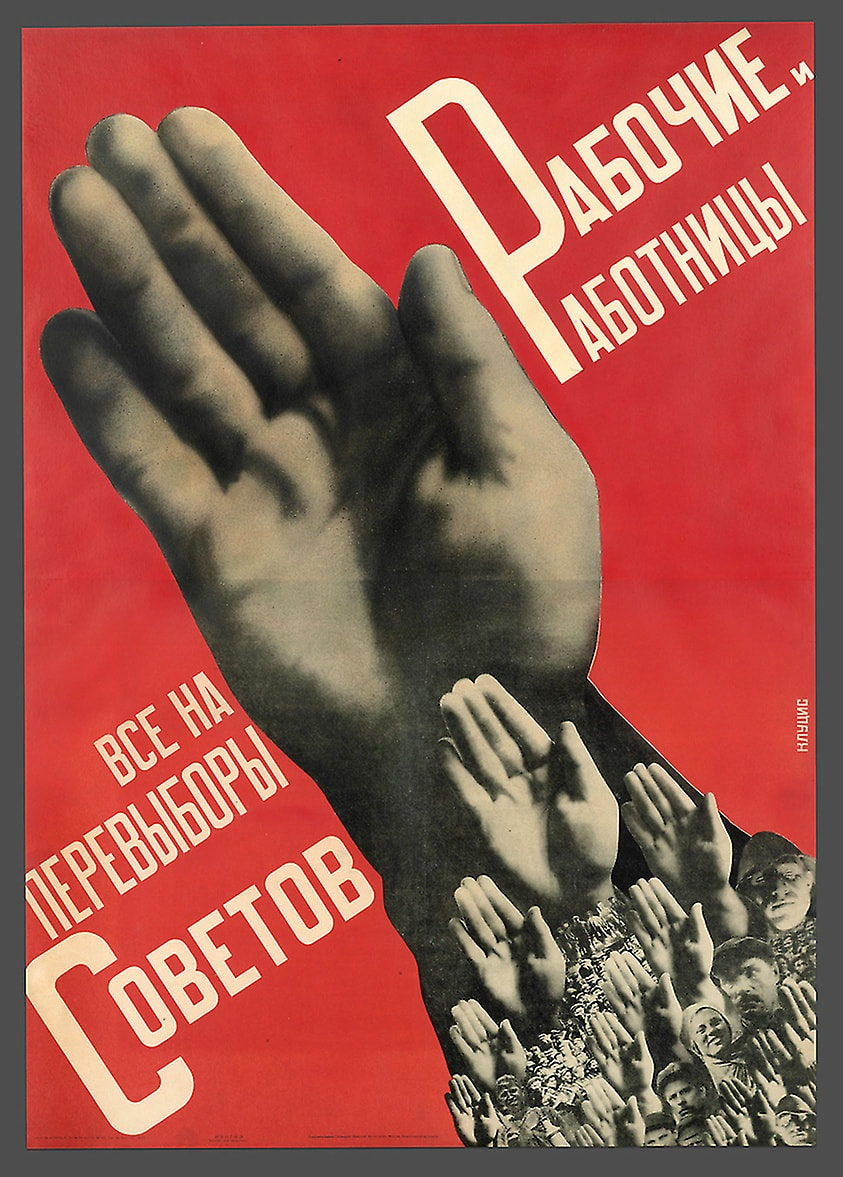

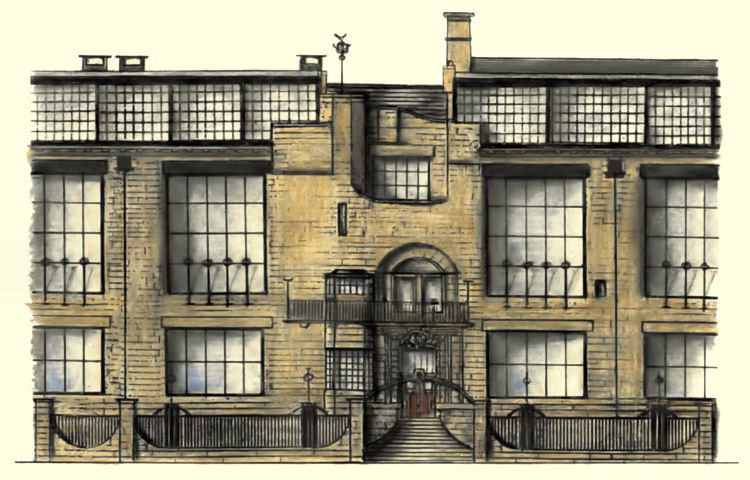
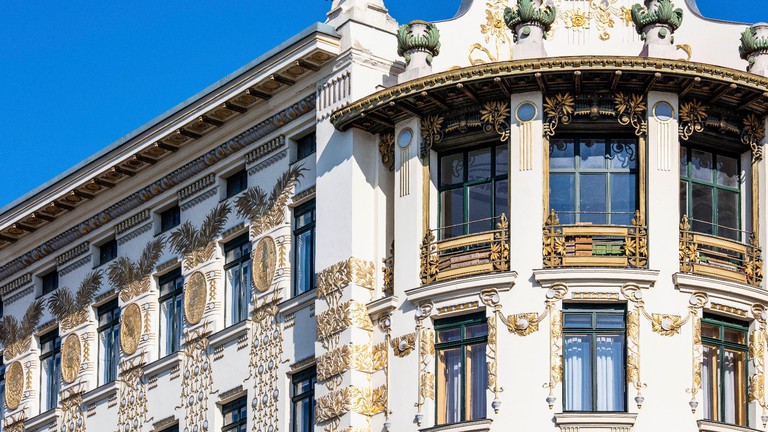
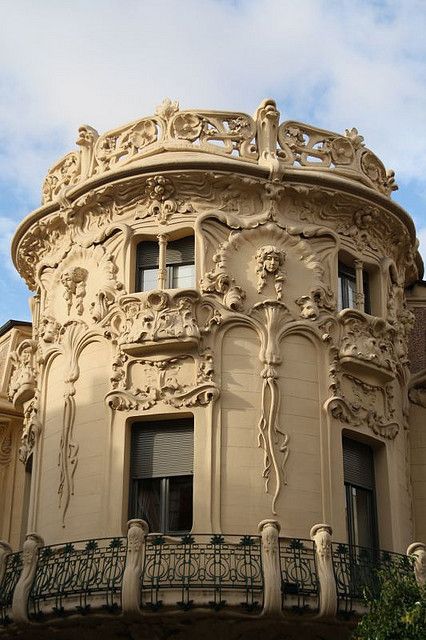





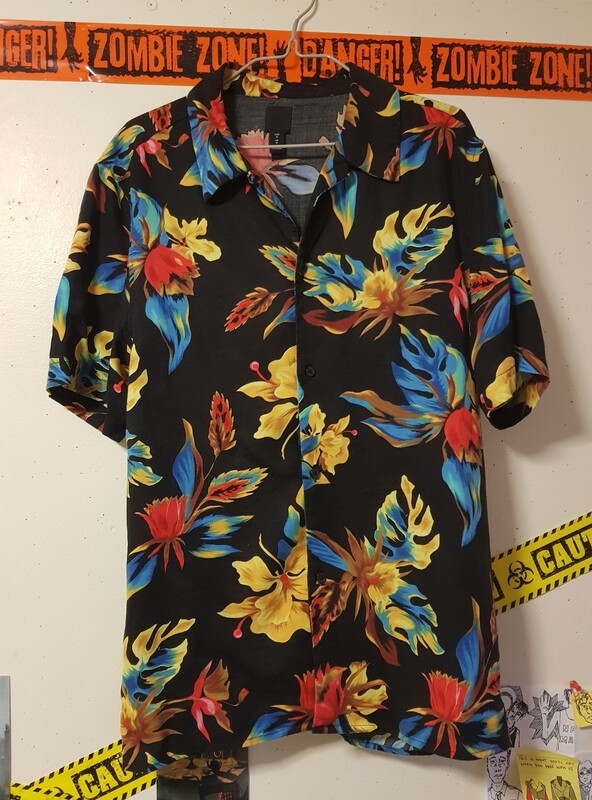
 RSS Feed
RSS Feed